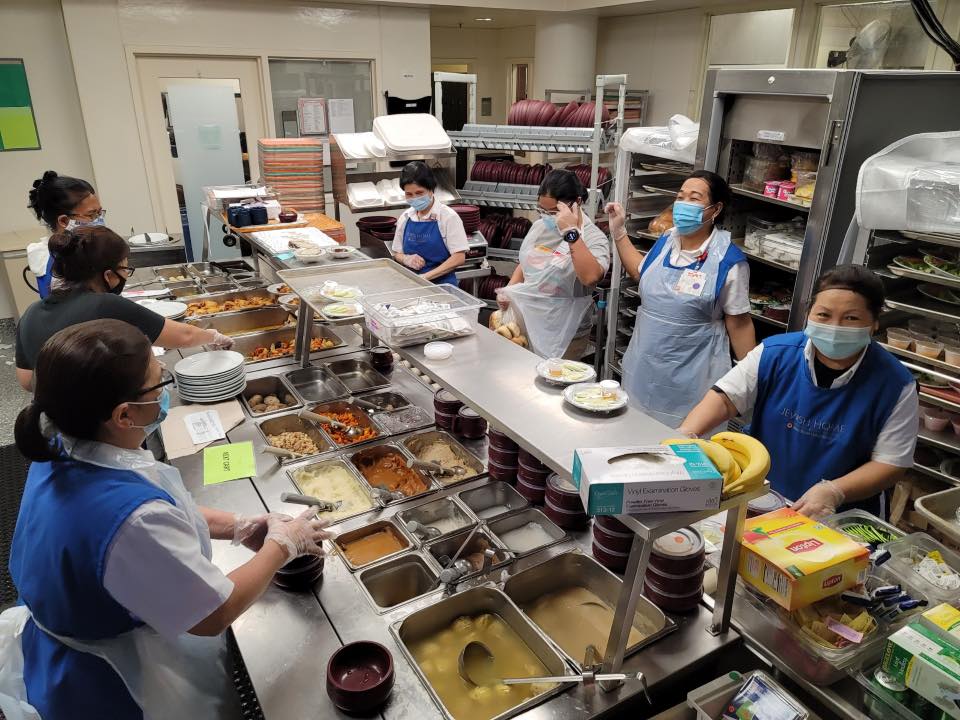
Kosher vs. Kosher-Style Diets
Kosher diets stem from the Jewish religion and follow the traditional Jewish law. These laws are found within the Torah, a sacred book of text in the Jewish religion. They provide an outline of which foods are allowed or not, as well as how foods must be produced, processed, and prepared prior to consumption. However, with many changes in society, some senior living communities are transitioning to more of a “Kosher-style” diet. This allows the community to keep the Jewish traditions alive while having some additional flexibility.

What is Kosher?
There are three main categories when it comes to strictly Kosher diets: meat (mammals or fowl, as well as products derived from them), dairy (milk, cheese, butter, and yogurt), and pareve (any food that is not meat or dairy, including fish, eggs, and plant-based foods). However, Kosher is not just about the food itself, but the preparation in making food. All meat and dairy products must be kept separate, in both preparation, production, and service. In addition, there are certain types of meat and fish that are not Kosher. Specifically, pigs and some cuts of beef such as Filet Mignon. Additionally, dairy must come from a Kosher animal, and fish must have fins and scales to be Kosher.
The Kosher diet is rooted in traditions and symbolism. The symbolism echoes down to the details of plates and table setups, especially on holidays.

What is a Kosher-Style Diet?
While some in the Jewish community have tailored their personal diets to be more flexible, they do not lose the traditions and respect of Jewish culture and history. To meet resident preferences, senior living communities have had to shift in response by offering Kosher-style menus in a variety of ways. Kosher-style diets are not all the same, as many individuals flex the Kosher diet to match their own needs and preferences.
For example, some communities do not buy Kosher meat, but they will not allow pork or shellfish. Some may continue to separate milk and meat meals, while others will combine milk and meat meals. In all these communities, holidays are honored with specific cultural foods, although they may not be Kosher. Each community must determine what works for its population. From an industry perspective, utilizing a Kosher-like diet rather than strict Kosher can encourage cost savings for community operators as well.

How is Morrison Living Implementing Both?
Working in collaboration with Morrison Living’s culinarians and dietitians as well as community operators and resident preferences, all teams have a united front in conjunction with guidance from the community’s Rabbi to ensure that any Kosher-style diets continue to respect Jewish traditions. In some communities, Morrison Living has been able to utilize our design team to design kitchens that can offer both Kosher style and strictly Kosher diets. With the creative additions of separate cooking spaces, residents are offered whatever diet appeals more to them. The Kosher-style diet is attractive to many prospective residents as it closely aligns with their eating habits at home.
Our chefs are constantly innovating and educating themselves on traditional menus and diets, including Kosher while driving resident satisfaction in each decision. Corporate Executive Chef Mark Hoffman shares that “cooking Kosher and Kosher-style is another form of being creative as a chef.” Learn more about Morrison Living’s culinary offerings, including the specific diets to which we can tailor your needs.
